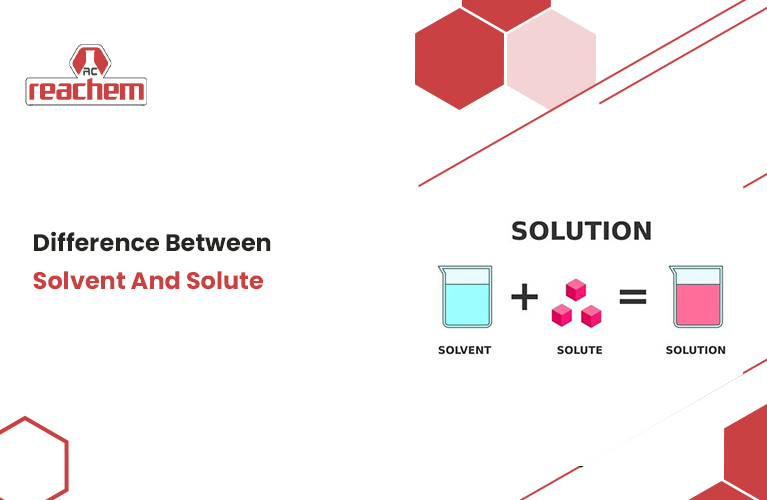wordpress-seo domain was triggered too early. This is usually an indicator for some code in the plugin or theme running too early. Translations should be loaded at the init action or later. Please see Debugging in WordPress for more information. (This message was added in version 6.7.0.) in /var/www/reachemchemicals.com/blog/wp-includes/functions.php on line 6131
Chemistry is simply a branch of science. Learning some of these basic concepts can be quite insightful, even with no background in science. Two of the concepts at this level are solvents and solutes. They are terms that are quite often encountered in chemistry and usually are applied to solutions. But what do we refer to as ‘new’ and ‘traditional’ marketing communication, and how do these concepts actually differ? The purpose of this blog is to make the difference between a solvent and a solute easily understood, even by a layman. Whether you are a student and you want to understand the process of dissolving or you want to know how it works, all information is here.
A solvent is any substance, generally liquid, capable of dissolving one or more compounds, resulting in a solution. Consider that you are brewing tea. The water you use is the solvent because the tea flavors spread through the use of tea leaves or tea bags.
Solvents have specific properties that enable them to dissolve their solutes. Properties that match the properties of solutes are called solvent properties. Here are some of them:
Solvents are of enormous importance in each person’s life. They serve as cleaning agents, food and drinks, and medicine. Most chemical reactions would not happen without the existence of solvents.
A solute is a material that dissolves in a solution, typically in liquid form. For example, the tea leaves or bags can be considered solutes. Why? They dissolve in water to give us our cup of warm tea.
Solutes, like solvents, have some properties; these properties are as follows: Here’s what you should know:
In everyday life, a solute is something found around us, such as sugar used to sweeten coffee or oxygen present in the air.
A solution is a mixture containing two or more ingredients. It specifically refers to a type of homogeneous mixture which has a uniform composition and cannot be differentiated into distinct components. This explains why you no longer see the individual sugar granules when you stir sugar into your coffee with a spoon. They have dissolved into the coffee to make or create a homogenous liquid.
A solute dissolves in a solvent to create a solution, a process known as dissolution. Below is its process:
As with many sciences, dissolution is quite significant in medicine, food industry and production, as it enables substances to combine into new solutions.
Solutions can vary depending on the state of the solvent and solute. Here are the main types:
Solid-Liquid Solution
Liquid-Liquid Solution
Gas-Liquid Solution
Solid in Solid Interactions
Solution types learning can help us understand how different solutes and solvent blends create new mixtures.
Solubility refers to a material’s ability to form a solution with another substance, known as a solvent. Several factors influence this:
Solubility is an essential concept in chemistry that has a far-reaching effect on everything, including what foods taste like and how well medicines work.
To make things even more precise, let’s look at some everyday examples of solvents and solutes:
These examples highlight how solvents and solutes are a part of our daily routines, often without us even realizing it.
One should know the difference between solvent and solute for several reasons:
Knowledge of solvents and solutes’ basic concepts helps enhance our understanding of the environment and various fields of daily life.
Many people hold on to the notion that solvent and solute are closely related but differ fundamentally. It is a concept that has far-reaching implications. On the other hand, if you look at every area of your life, you might find how relevant this scheme could be. A solvent is any liquid or gas capable of dissolving solutes; it may contain gasses (insoluble) but is generally considered to be a liquid because we are usually concerned with those things that are liquids. And all forms of solvents, from our soups’ salt to oxygen we just inhaled, are solutes for life as we know it. When learned, they can help you scientifically view even the most common tasks or activities you engage in.